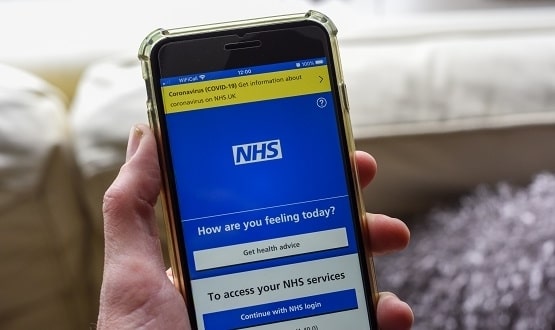NHS Digital shuffles transformation targets
- 6 September 2016
NHS Digital has revealed new targets for digital transformation, including an opt-out app for patients and a new data de-identification service that respond to the Caldicott 3 report.
But it is already shifting the goal posts on other long-standing and apparently lagging IT projects.
In a document, provided to Digital Health News, titled ‘Paperless 2020, Delivery Update’, the organisation has set a number of new targets and shifted old ones.
However, NHS Digital subsequently said the document, dated 7 September 2016, was “out of date” and had been included in papers for its Wednesday board meeting by mistake. It has since been removed from its website.
However, with government’s consultation on the Caldicott report set to close tomorrow, the document reveals a target to make “citizens able to record their preferences using the opt-out app solutions” by December next year and “access a comprehensive digital consent model…through NHS.uk” by 2020.
An NHS Digital spokeswoman said: “NHS Digital is currently awaiting the publication of the national data guardian’s full recommendations, following a period of public consultation. The review will provide the basis of all of our work around patient opt-outs, consent and data collection and dissemination.”
The documents also included a target of March next year for implementation a “robust and responsive de-identification service” for commissioners, something that that has already raised concerns about the resurrection of the controversial care.data programme.
A key piece of target slippage apparently revealed by the document is the date by which NHS England expects to be able to deliver on the government’s headline promise to deliver read-write access to medical records to patients.
The document says that by May 2018, patients should be able to see medical information and records through NHS.uk and that by March 2019 they should be able to contribute both comments and health information to their records.
This contrasts with the target outlined in ‘Personalised Health and Care 2020’ that all patients would be able “record their own comments and preference on their care record” by March 2018.
Other targets include:
* Setting up an accredited app library to “provide patients with useful health apps” by March next year. An app library has been attempted before but was scrapped last year after concerns about the quality of the apps. A second attempt by Public Health England has proceeded slowly since.
* That by March 2017, 10% of all patients should be using online services and by March 2020, 20% of all patients should be using e-consultations.
* That by March 2019 wi-fi will be available for patients across all NHS estates.
* The HSCN network will go-live by April next year. NHS Digital, then HSCIC, said earlier this year that the network would be live in summer 2016.
The document listed several programmes as “amber/red” indicating the “project deliver is in doubt” and “urgent action needed” to meet the targets. These include the HSCN and the citizen Identity project, which is looking at ways to verify people’s health identity online.
The latter is described in the document as a critical “key technical interdependence” of the entire programme to meet the Paperless 2020 goal.
A spending review early this year had required NHS Digital to review its digital transformation programme, resulting in 33 work programme to achieve ‘Paperless 2020’, which was presented to health secretary Jeremy Hunt in April, the document stated.
However, since then the organisation has been through “re-finance baselining” resulting in some changes to the “original position”. This revised “overarching plan” was expected to be presented to Hunt this month.




